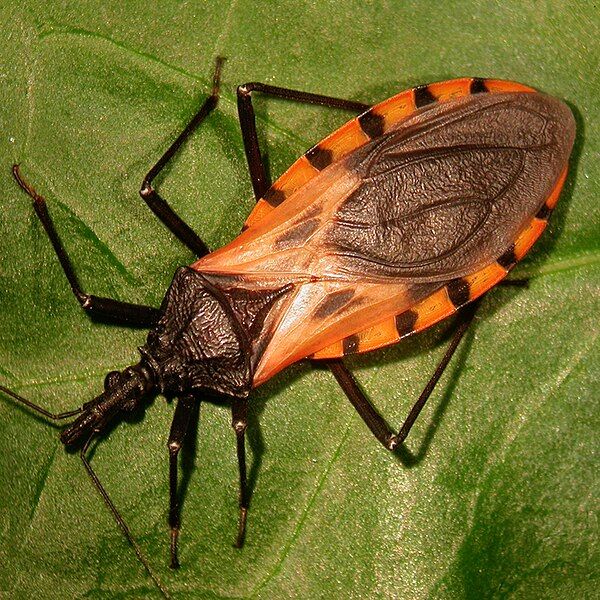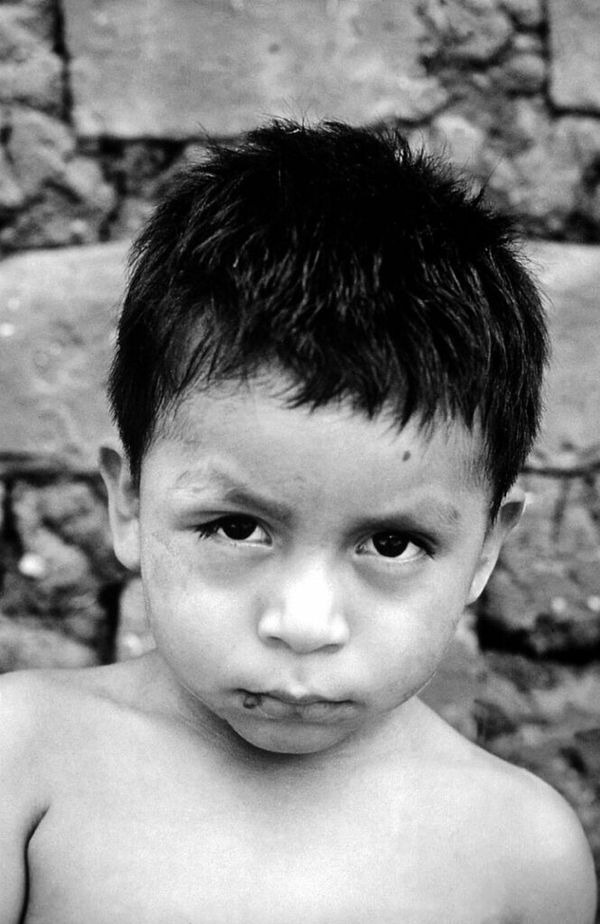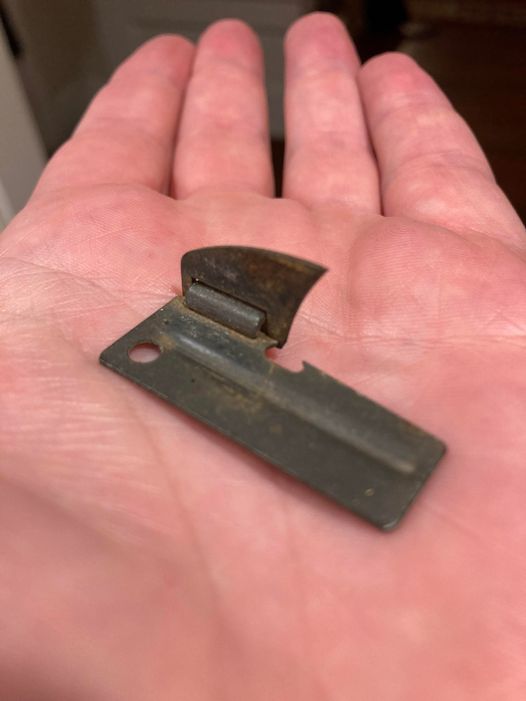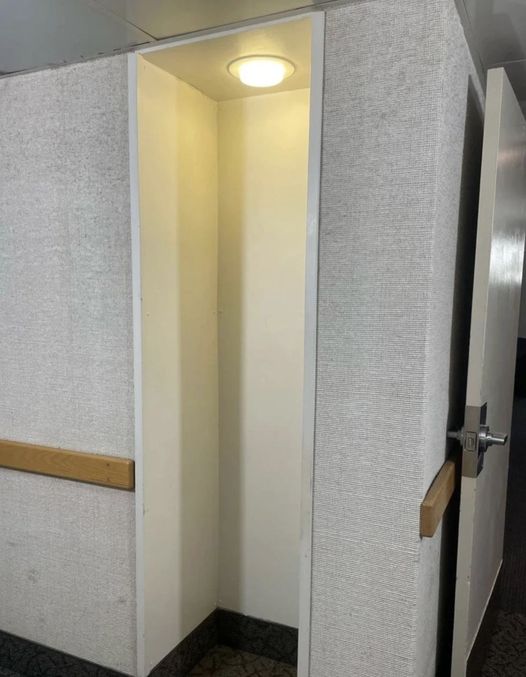Imagine being terrified of the silent killer that lurks in the darkness, waiting to strike. For Emiliana Rodriguez and Elvira Idalia Hernández Cuevas, this nightmare became a haunting reality. They are just two of the millions of people affected by Chagas disease, a silent and deadly illness spread by nocturnal bugs.

Rodriguez, a 42-year-old woman who moved to Barcelona from Bolivia, vividly remembers the fear that consumed her as a child. Watching a friend collapse during a nighttime soccer game, she became terrified of the night, afraid of the monster that emerges – Chagas disease.
Chagas is a silent disease that claims the lives of 12,000 people each year, infecting up to 8 million people annually. It is caused by blood-sucking bugs known as kissing or vampire bugs. These bugs are most active at night, when people are asleep.

At 18 years old, Hernández’s daughter was diagnosed with Chagas disease after donating blood. Their lives were turned upside down as they discovered the horrifying truth about the silent murderer that lurked within their bodies.
Chagas disease, named after its discoverer Carlos Ribeiro Justiniano Chagas, can be found in Latin America, North America, Europe, Japan, and Australia. The bugs that carry the disease are most commonly found in the walls of low-income houses in rural areas. They bite their victims and then defecate on the skin, spreading the infection.
The majority of people infected with Chagas disease are unaware of their illness. If left untreated, it can be fatal. Shockingly, Chagas disease kills more people in Latin America than any other parasite disease, including malaria.
While the bugs carrying Chagas disease have been detected in the United States, they are not considered endemic. However, it is estimated that around 300,000 people in the US are affected.

The symptoms of Chagas disease can vary, with some people experiencing no symptoms at all. However, 20 to 30% of those infected may develop cardiac or gastrointestinal complications that can lead to death or severe discomfort later in life. The low case detection rate globally makes treatment and prevention extremely challenging.
For years, people like Hernandez and Rodriguez struggled to find proper medical help. Doctors were often unaware or misinformed about Chagas disease, leaving patients feeling shocked and frightened. This lack of knowledge and awareness surrounding the disease is a global issue.
Chagas disease is classified as a neglected tropical disease by the World Health Organization (WHO). It remains hidden and underappreciated due to a lack of power and influence from those affected. But as the disease spreads to other continents, it is becoming more visible and better understood.
Professor David Moore, from the London Hospital for Tropical Diseases, established the Chagas Hub in the UK to raise awareness and provide treatment to those affected. He acknowledged that progress in eliminating Chagas disease is slow, but efforts are being made to prevent its spread.
Treatment for Chagas disease is available, but it is not without its challenges. The medications currently used can have serious side effects and are not always effective. More research and development of better treatments are essential to combat the disease effectively.
Rodriguez, now living in Spain, fights back against the “monster” by raising awareness about Chagas disease. She wants people to talk about it, get tested, and seek treatment. Her efforts, along with those of organizations like the Barcelona Institute for Global Health, are making a difference.
The World Health Organization has declared April 14th as World Chagas Disease Day, in honor of the day Carlos Chagas discovered the first human case. This initiative aims to prevent, control, eliminate, and eradicate a diverse set of 20 diseases by 2030, including Chagas disease.
The thought of these bugs residing in the walls of our homes may be terrifying. But by spreading awareness and supporting organizations working towards eradicating Chagas and other neglected tropical diseases, we can make a difference. Let’s break the silence and shine a light on this quiet disease.





